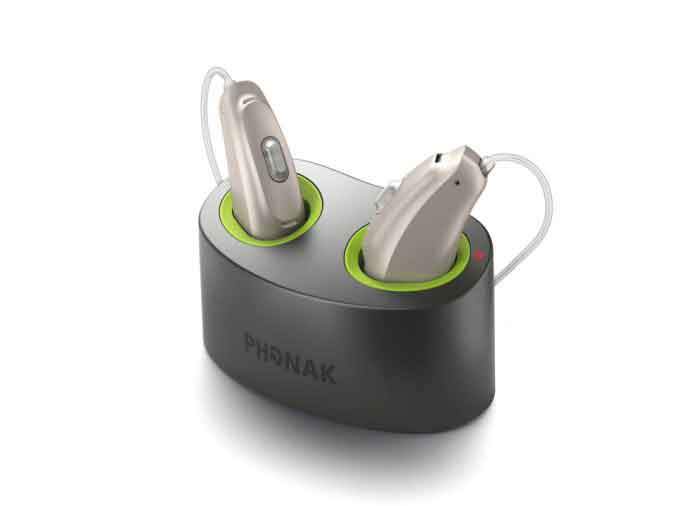For as long as hearing aids have been around, patients have had to keep spare zinc-air batteries around in case the battery in their unit gives out. Now, new technology has enabled patients to do away with disposable batteries in favor of hearing devices with built-in rechargeable batteries.
This contributes to the ease of use of the device, and therefore improves patient experience. After all, most of the daily portable electronic devices we use are rechargeable.
Here are some of the existing issues with replaceable battery hearing devices:
- Carrying batteries around is a hassle. If we forget them and our device runs out of power, we are helpless unless we find more.
- Batteries in storage run down over time (particularly in cold climates), so it can be hard to know when your spare batteries will actually be useful.
- Hearing aid batteries are tiny, so changing them can be a challenge for anyone who doesn’t have perfect coordination and steady hands.
- Spare batteries cost money, and are a small but not insignificant ongoing expense for those on tight budgets.
Hearing devices with rechargeable batteries are meant to more easily fit into the lifestyle of the patient. You can easily charge your hearing device when you sleep, in the same way that you charge your phone. Then, every morning you know you have a fresh battery and are ready to take on your day.
Rechargeable batteries have actually been around for a few years, but until now their short battery life and larger size have stopped consumers from using them. One recent study, for example, showed that 89% of patients with hearing aids use replaceable batteries, but 70% of patients would prefer to use a rechargeable hearing device if and when those shortcomings were addressed.
Now, finally, the technology seems to be here. Manufacturers are advertising battery life of over 20 hours on a single charge, which should be plenty to get through the day. Form factors have also decreased in size. Rechargeable hearing aid batteries currently on the market are made of a variety of materials, with some of the cutting edge products featuring batteries made of lithium ion, enabling them to be smaller and lighter.
Most major manufacturers are now coming out with their own version of hearing aid, so patients should look into rechargeable hearing aids as a general category, and then choose the hearing device that has the right set of other features that suit them best.
Need help on choosing the rechargeable hearing device that’s right for you? Chicago Hearing Services is here to help and is proud to offer several rechargeable hearing aid options. Contact us today to set up your appointment.




